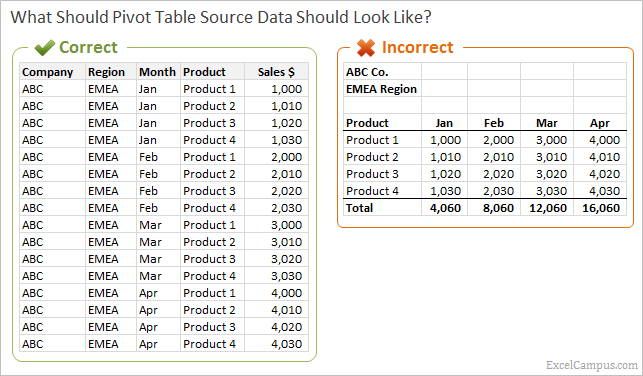
When the values disappear, it shows that there may have been original null values in the input before the PIVOT operation.

Also, null values in the input of UNPIVOT disappear in the output. UNPIVOT doesn't reproduce the original table-valued expression result because rows have been merged. PIVOT carries out an aggregation and merges possible multiple rows into a single row in the output. Notice that UNPIVOT isn't the exact reverse of PIVOT. (SELECT VendorID, Emp1, Emp2, Emp3, Emp4, Emp5 Create the table and insert values as portrayed in the previous example.ĬREATE TABLE pvt (VendorID INT, Emp1 INT, Emp2 INT, These columns correspond to the pivot_column and value_column, respectively, in the Transact-SQL definition. The column that will contain the column values that you're rotating ( Emp1, Emp2.) will be called Employee, and the column that will hold the values that currently exist under the columns being rotated will be called Orders. As such, you must identify two additional columns. Suppose the table produced in the previous example is stored in the database as pvt, and you want to rotate the column identifiers Emp1, Emp2, Emp3, Emp4, and Emp5 into row values that correspond to a particular vendor. UNPIVOT carries out almost the reverse operation of PIVOT, by rotating columns into rows. When aggregate functions are used with PIVOT, the presence of any null values in the value column are not considered when computing an aggregation. Notice that a warning message appears that indicates that any null values appearing in the PurchaseOrderID column weren't considered when computing the COUNT for each employee. In this case, the grouping columns are aggregated by the COUNT function. The PurchaseOrderID column serves as the value column, against which the columns returned in the final output, which are called the grouping columns, are grouped. As such, there's a column for each EmployeeID number specified in the pivot clause: in this case employees 250, 251, 256, 257, and 260.

The unique values returned by the EmployeeID column become fields in the final result set. SELECT PurchaseOrderID, EmployeeID, VendorID The results returned by this subselect statement are pivoted on the EmployeeID column. (SELECT PurchaseOrderID, EmployeeID, VendorID SELECT VendorID, AS Emp1, AS Emp2, AS Emp3, AS Emp4, AS Emp5 The following query provides this report, ordered by vendor. For example, suppose you want to query the PurchaseOrderHeader table in the AdventureWorks2014 sample database to determine the number of purchase orders placed by certain employees. Cost_Sorted_By_Production_Days 0 1 2 3 4ĪverageCost 5.0885 223.88 359.1082 NULL 949.4105Ī common scenario where PIVOT can be useful is when you want to generate cross-tabulation reports to give a summary of the data. SELECT 'AverageCost' AS Cost_Sorted_By_Production_Days,įOR DaysToManufacture IN (,, ,, ) Pivot table with one row and five columns A column is provided for three days, even though the results are NULL.
#Excel for mac unpivot code
The following code displays the same result, pivoted so that the DaysToManufacture values become the column headings.

No products are defined with three DaysToManufacture. SELECT DaysToManufacture, AVG(StandardCost) AS AverageCost The following code example produces a two-column table that has four rows. If the column is combined with other columns, then a collate clause ( COLLATE DATABASE_DEFAULT) is required to avoid conflicts. For SQL Server partially contained databases, the collation is always Latin1_General_100_CI_AS_KS_WS_SC. For SQL Database, the collation is always SQL_Latin1_General_CP1_CI_AS. The column identifiers in the UNPIVOT clause follow the catalog collation.
#Excel for mac unpivot how to
The following syntax summarizes how to use the PIVOT operator. For a complete description of the syntax for PIVOT, see FROM (Transact-SQL).
#Excel for mac unpivot series
The syntax for PIVOT provides is simpler and more readable than the syntax that may otherwise be specified in a complex series of SELECT.CASE statements. UNPIVOT carries out the opposite operation to PIVOT by rotating columns of a table-valued expression into column values.

And PIVOT runs aggregations where they're required on any remaining column values that are wanted in the final output. PIVOT rotates a table-valued expression by turning the unique values from one column in the expression into multiple columns in the output. You can use the PIVOT and UNPIVOT relational operators to change a table-valued expression into another table. Applies to: SQL Server (all supported versions) Azure SQL Database Azure SQL Managed Instance Azure Synapse Analytics Analytics Platform System (PDW)


 0 kommentar(er)
0 kommentar(er)
